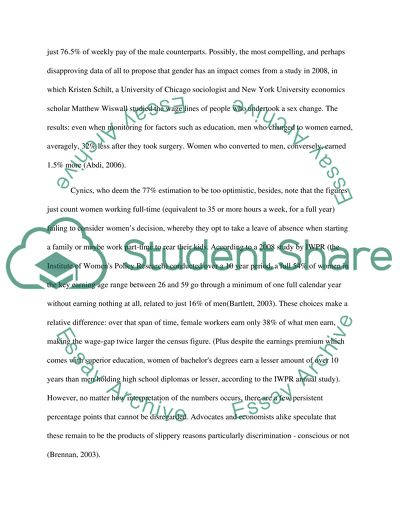Cite this document
(“Why females earn less as compared to their male counterparts Research Paper”, n.d.)
Why females earn less as compared to their male counterparts Research Paper. Retrieved from https://studentshare.org/sociology/1450183-why-females-earns-less-as-compared-to-their-male
Why females earn less as compared to their male counterparts Research Paper. Retrieved from https://studentshare.org/sociology/1450183-why-females-earns-less-as-compared-to-their-male
(Why Females Earn Less As Compared to Their Male Counterparts Research Paper)
Why Females Earn Less As Compared to Their Male Counterparts Research Paper. https://studentshare.org/sociology/1450183-why-females-earns-less-as-compared-to-their-male.
Why Females Earn Less As Compared to Their Male Counterparts Research Paper. https://studentshare.org/sociology/1450183-why-females-earns-less-as-compared-to-their-male.
“Why Females Earn Less As Compared to Their Male Counterparts Research Paper”, n.d. https://studentshare.org/sociology/1450183-why-females-earns-less-as-compared-to-their-male.


